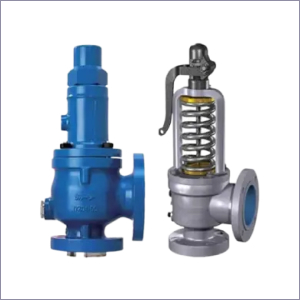The Role of Safety Valves in Pressure Control
Safety valves play a crucial role in pressure control within various industries, ensuring the safety of equipment and personnel. These valves are designed to release excess pressure from a system to prevent catastrophic failures, explosions, or other dangerous situations.
The primary function of a safety valve is to protect the system from overpressure by releasing the excess pressure to a safe level. This helps prevent damage to equipment, loss of product, and potential injuries to employees. Safety valves are typically set to open at a predetermined pressure level, known as the setpoint, and close once the pressure returns to a safe level.
There are different types of safety valves available, including spring-loaded, pilot-operated, and balanced bellows valves. Each type has its own advantages and is suitable for specific applications based on factors such as pressure range, temperature, and the type of fluid being controlled.
In conclusion, safety valves are essential components in pressure control systems, providing protection against overpressure and ensuring the safety and efficiency of industrial processes. It is important for industries to properly maintain and inspect these valves to ensure they are functioning correctly and are capable of responding to pressure fluctuations effectively. By investing in high-quality safety valves and implementing proper maintenance practices, industries can mitigate risks and create a safe working environment for all involved.
.jpg)



Comments
Post a Comment